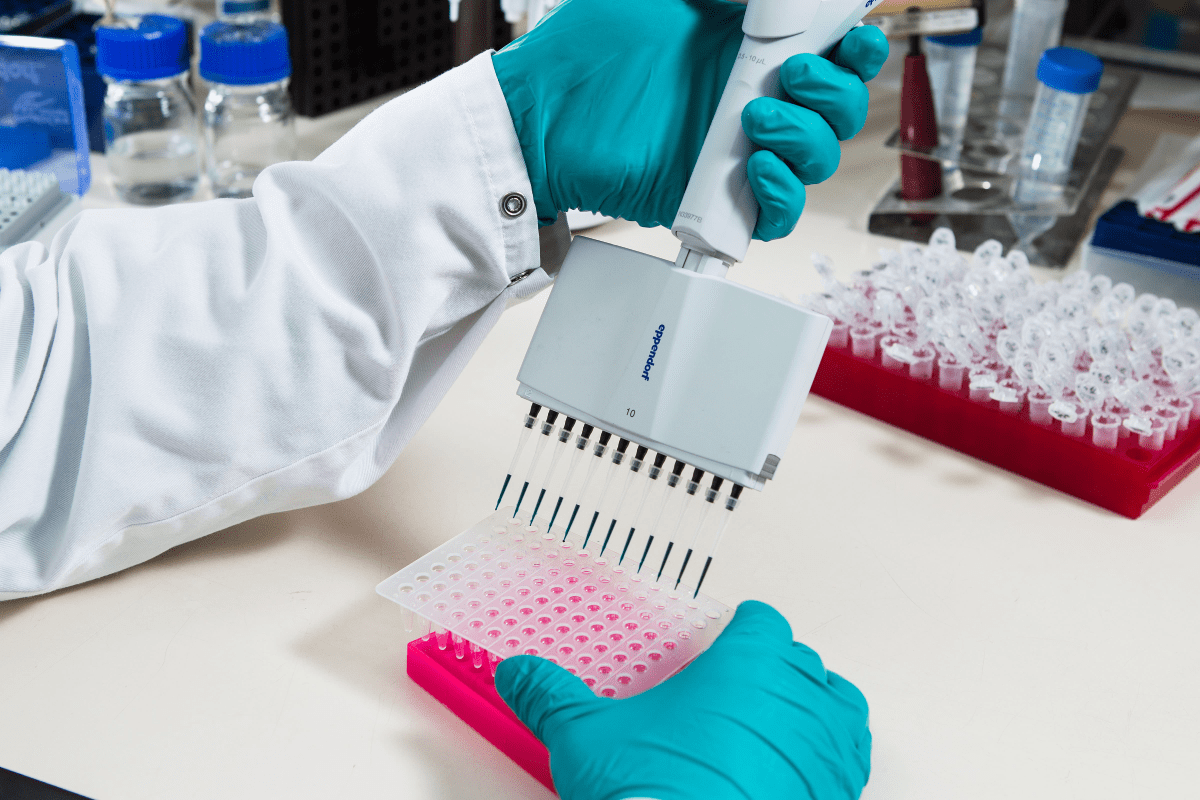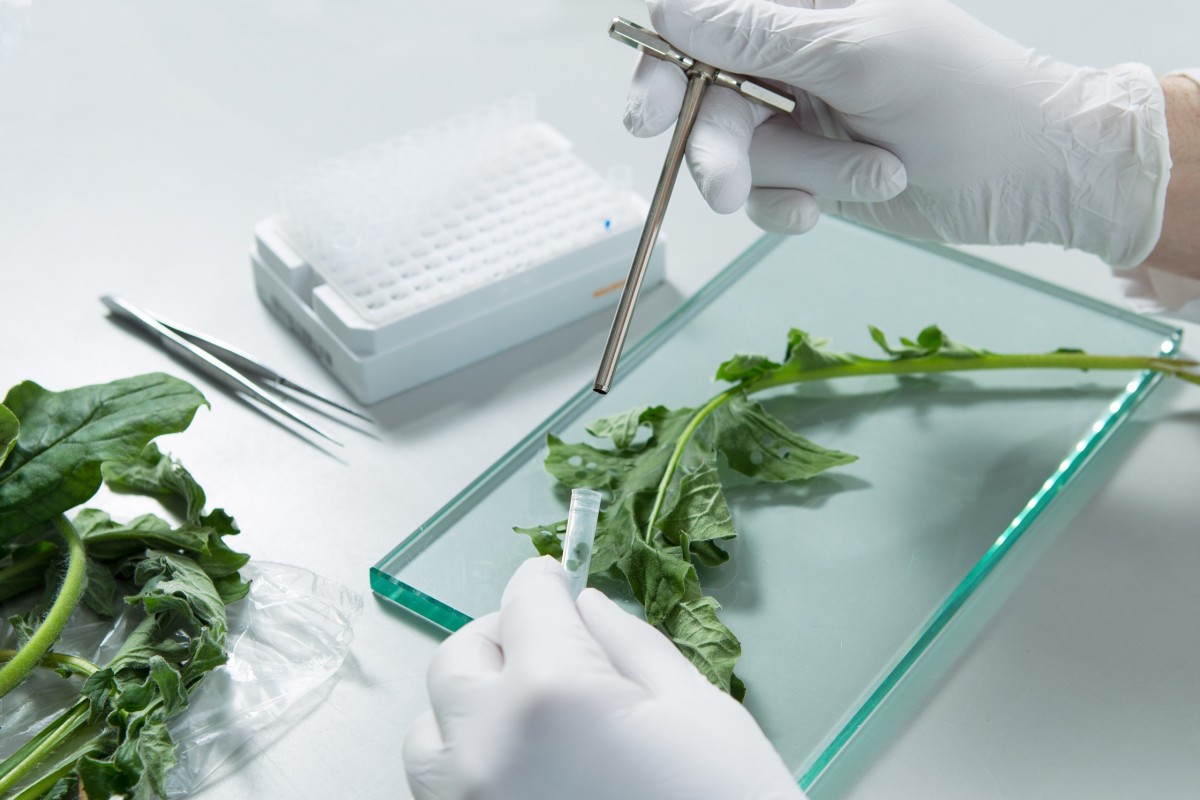
Diagnosis
Do you have a problem with your plants but have no idea what it is? The Diagnostics team can examine it for symptomatic material. They will produce a diagnosis based on your sample. As an international industry, new plant diseases are a regular occurrence in the horticulture sector. A plant that doesn’t grow disrupts the crop, and this impacts on your production and sales. Our Research & Development team works closely with specialists from the Netherlands and abroad.
Procedure
A diagnostic test determines which plant disease you are dealing with. There may also be a technical cultivation problem. Tests for frequently requested diagnoses such as TSWV, INSV, PepMV, CyMV and ORSV are always available. We also have a range of other tests available which enable us to produce a good diagnosis.
Take a sample or send an entire plant to our laboratory in Roelofarendsveen. We will start our investigation more or less as soon as we receive it. You will then receive your diagnosis result by email as soon as possible.
Download or flyer below for more information about the Diagnostic department.

Requirements for submission
Instructions for taking samples
- Take samples from a spot where the new symptoms are visible. It is often not possible to run laboratory tests on plants that have died off completely.
- Take a sample before any pesticides/crop protection agents are applied. Pesticides can destroy or mask the symptoms caused by pathogens and interfere with the laboratory tests.
- If the symptoms are unclear, send us the entire plant.
- Where symptoms are unclear, or in the case of a rare plant, please also send us part of a healthy specimen. Pack the healthy sample separately and indicate on the label that it is healthy material.
- If it is impossible to send a sample immediately, keep it cool. Never place samples in direct sunlight.
Instructions for packaging samples
- Make sure leaves and flowers are not contaminated by any soil or growing media accompanying the samples. Enclose the roots in a separate bag with an elastic band around the stem.
- Wrap the whole plant in paper to prevent it from drying out and rotting. The paper regulates moisture levels in the plastic bag. Use dry paper.
- Affix a sticker with sample information on the packaging.
- Do not use sample information stickers to seal the package.
- Wrap the entire plant in plastic to prevent the spread of diseases.
- Affix the order form in an envelope to the outside of the packaging.
- Keep in mind that parcel delivery services may handle boxes roughly. Boxes should therefore be well filled.
Instructions for completing the order form
- Enter the correct name and address on the order form.
- Provide as much information as possible about the sample; this helps us produce a diagnosis more quickly.
- If you have any digital photos of the material, you can email them to us.
- The general terms and conditions of Naktuinbouw apply to our services and the execution of orders.
Shipping address for samples for diagnosis:
Naktuinbouw
Diagnostics Team
Sotaweg 22
2371 AA Roelofarendsveen, NL
Fee
In our Price list Testing & Analyses you will find details of the fees for the various tests we can perform for you in a range of areas.
Frequently asked questions (FAQ)
Where can I find a submission form?
You can find this form on the website. There are three different types:
- For plant material with symptoms
- For plant material with no symptoms
- For seed samples
Is a phytosanitary certificate required?
A phytosanitary certificate is sometimes required for samples submitted from outside the EU. If it is not possible to request a phytosanitary certificate, you can request a special, accompanying letter (DOIV) on the website.
When can I send my samples?
We advise you to send plant samples (perishable material) without symptoms on Mondays or Tuesdays. Plant samples with symptoms can be sent from Mondays to Thursdays. This will avoid samples being left in the post over the weekends and not being stored in the correct conditions. Samples sent on these days will also arrive in time for testing.
Seed samples can be sent every day of the week.
I am submitting samples to Naktuinbouw for the first time. Which documents should I include?
A registration form must be filled in first so we can enter the necessary company details in our system.
It is also important to send an order form with the samples. This form is also on our website.
